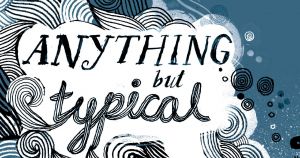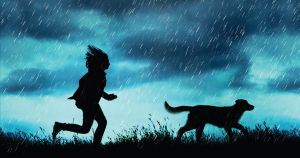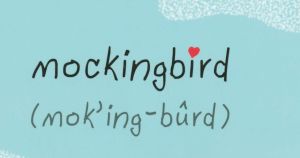
Autism Spectrum Disorder, Fibromyalgia, and Invisibility
With one word, one look, it hit me that my experience really was abnormal.

With one word, one look, it hit me that my experience really was abnormal.

“How did you manage to capture that voice?” beta readers would ask. “How did you know to describe those particular feelings?” I was starting to have a few self-revelations about that.

It’s a rare occurrence when an author can update an already published book, and even more rare when that update includes a huge overhaul of the portrayal of an autistic character. Alyssa Hillary takes a look at both the original and updated version in this review.

Insecure autistic boy meets thoughtful, magical adventure: The Real Boy is now my go-to recommendation when people ask for books with autistic protagonists.

The Categorical Universe of Candice Phee is a fun, well-written book, if an imperfect autism read.

This book portrays its autistic protagonist in ways that will give readers negative, incorrect, and in some cases abusive ideas about autistic people.

Like in real life, autism spectrum disorder alone is never the whole story, and Baskin does a good job balancing Jason’s autism with his writing life, family, school, and budding friendship. She’s succeeded in creating an authentic autistic character who is anything but stereotypical.

Overall, I was very pleased with Al Capone Does My Shirts and how it depicts autism. Moose and Natalie are complex and endearing characters who remain with you long after the book is closed.

For all that there are moments when Rose’s voice is nuanced and shines, those nuances continuously pushed aside for a far more stereotypical narrative. This is not the story of an autistic character written for an inclusive audience; this is a story about an autistic character written for a neurotypical audience.

This book was awarded the National Book Award for Young People’s Literature, but as well intentioned as it might have been, it was clearly written by someone with almost no understanding of what Aspies are really like—it was written by and for a neurotypical audience.